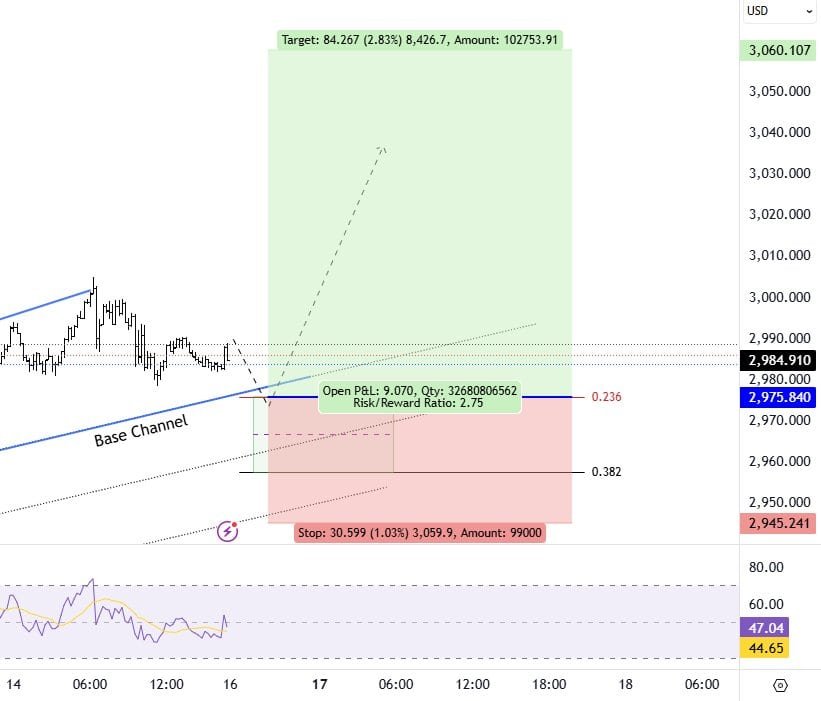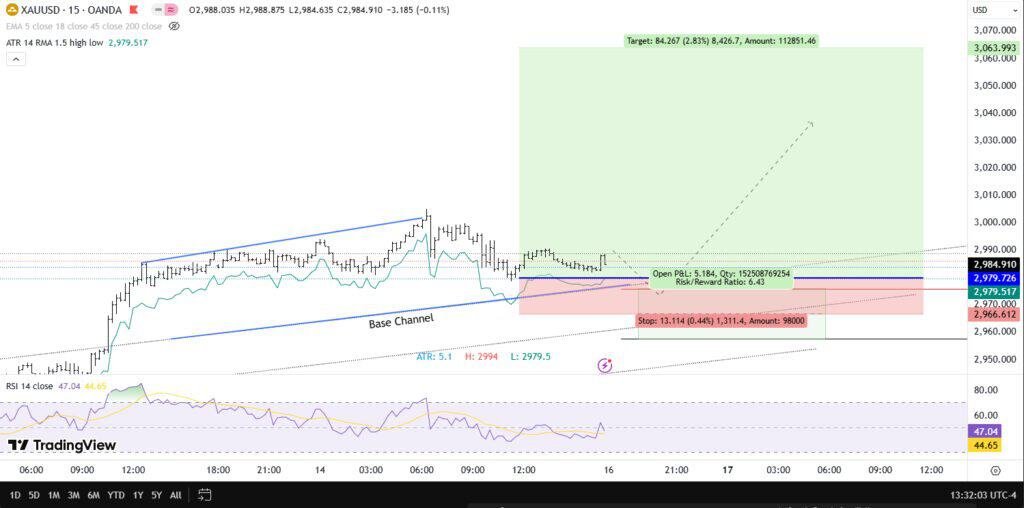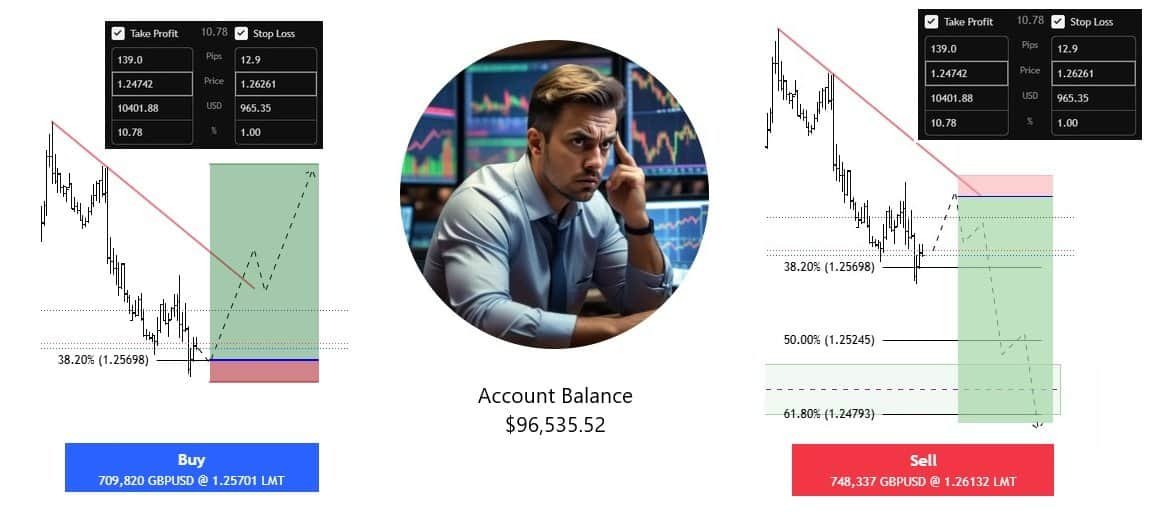📖 Introduction
One of the key components of successful forex trading is risk management. Knowing how to use stop-loss and take-profit orders effectively can protect your capital and lock in gains. This guide will cover various stop-loss and take-profit strategies to help you trade smarter.
❓ What Are Stop-Loss & Take-Profit Orders?
🔒 Stop-Loss Order: A predetermined price level at which a losing trade is closed automatically to limit losses.
💰 Take-Profit Order: A target price level where a trade is automatically closed to secure profits.

💡 Why Stop-Loss & Take-Profit Are Essential
✅ Protects Capital: Prevents excessive losses from unexpected market movements.
✅ Removes Emotions: Encourages disciplined trading by sticking to predefined exit points.
✅ Maximizes Profits: Helps lock in gains without second-guessing.
🔍 Types of Stop-Loss Strategies
📌 1. Fixed Stop-Loss
- Set price level, such as 30 pips away from entry.
- Best for new traders and low-volatility pairs.
📈 2. Trailing Stop-Loss
- Moves in favor of the trade, securing more profits while reducing risk.
- Best for trending markets.
📊 3. ATR-Based Stop-Loss
- Uses the Average True Range (ATR) to set stop-loss levels based on market volatility.
- Best for volatile currency pairs.

🎯 Take-Profit Strategies
✅ 1. Fixed Take-Profit
- Predetermined exit point based on a risk-reward ratio (e.g., 2:1).
- Simple and effective for consistent profits.
🔢 2. Fibonacci-Based Take-Profit
- Uses Fibonacci retracement levels to determine take-profit targets.
- Best for trend-based trading.
📉 3. Partial Profit Taking
- Closing part of a position at a specific profit level and letting the rest run.
- Helps lock in profits while allowing for further gains.
🛠️ How to Set Stop-Loss & Take-Profit Correctly
✅ Step-by-Step Process:
- 🎯 Identify Entry Point: Choose your trade setup.
- 📈 Determine Risk Per Trade: Stick to the 2% rule.
- 📊 Select Stop-Loss Method: Fixed, trailing, or ATR-based.
- 💰 Set Take-Profit Target: Aim for a minimum 2:1 risk-reward ratio.
❌ Common Mistakes to Avoid
🚫 Setting Stop-Loss Too Tight: Increases chances of being stopped out early.
🚫 Ignoring Market Volatility: Not adjusting SL/TP based on currency pair behaviour.
🚫 Over-Reliance on Fixed Levels: Failing to adapt stop-loss to changing market conditions.
🏁 Conclusion
Using stop-loss and take-profit orders effectively can drastically improve your forex trading results. By choosing the right strategy, you can protect capital, remove emotions, and maximize profits.
📘 Next Post:
Are you ready to take your trading strategy to the next level? 🚀

